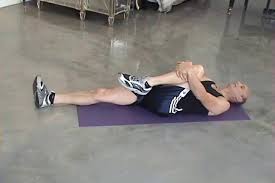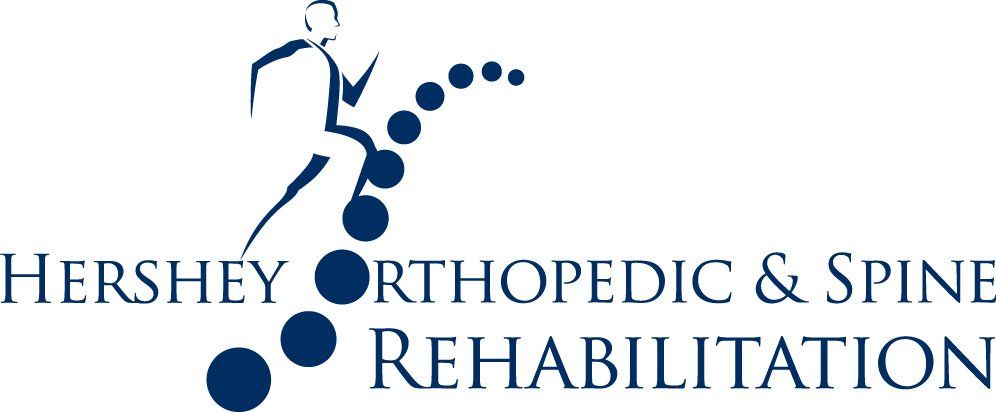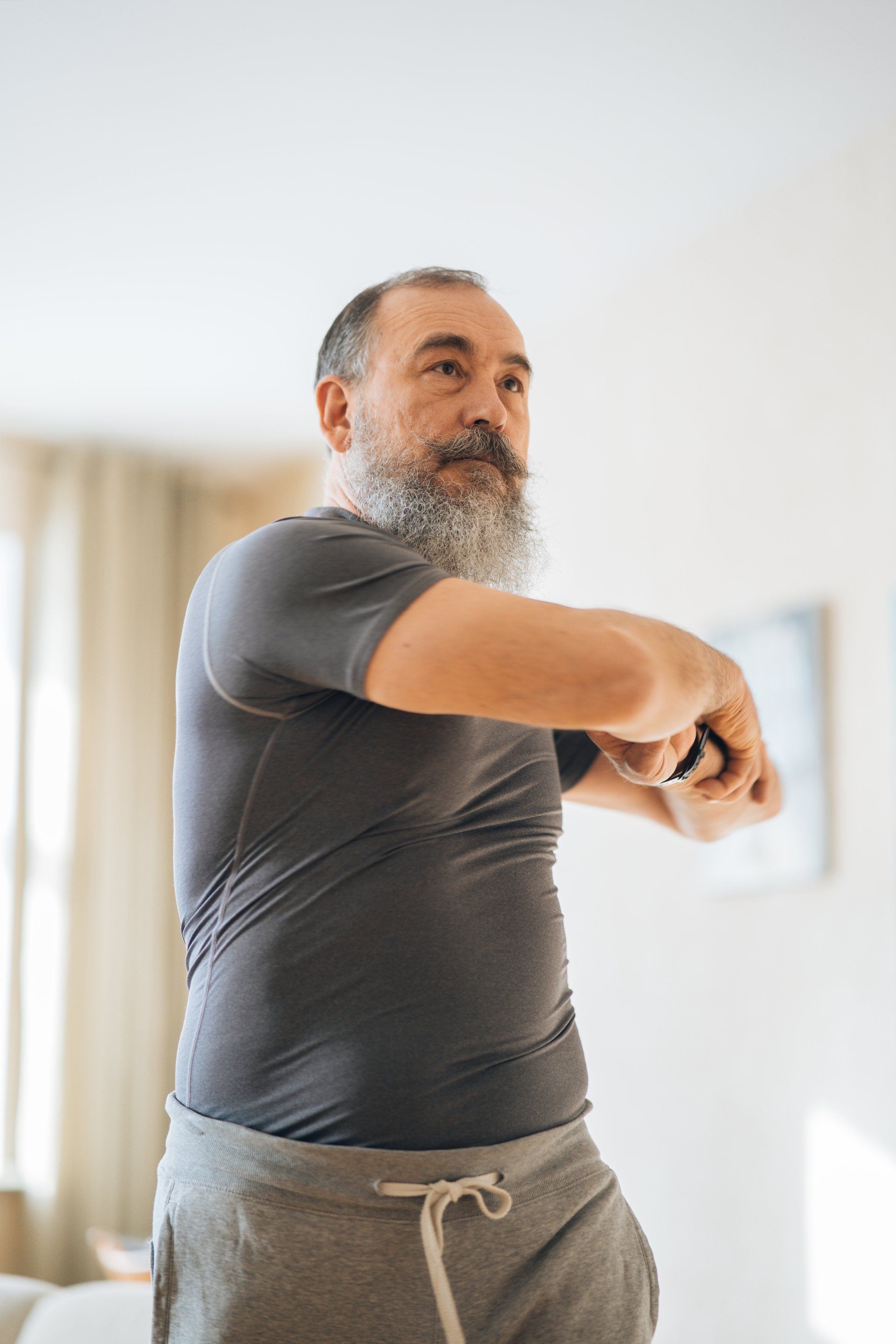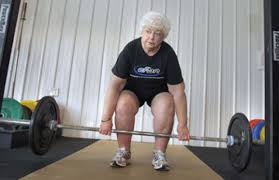Blog Layout
Physical Therapy as Effective as Surgery for Stenosis
Website Team • Mar 13, 2020

Physical Therapy's Effects Equal to Surgery for Spinal Stenosis Symptoms
Physical therapy for spinal stenosis is as effective as surgery and should be fully considered as a first-choice treatment option, according to a new study that is the first to directly compare a single, evidence-based physical therapy regimen with decompression surgery among patients who agreed to be randomly assigned to either approach.
The study focused on self-reported physical function among 169 participants diagnosed with lumbar spinal stenosis (LSS) after 2 years, but it also tracked function measurements along the way--at baseline, 10 weeks, 6 months, and 12 months. Researchers found that not only were 2-year effects similar for the 2 groups (87 who began with surgery and 82 who started with physical therapy), the increase in function followed similar trajectories from baseline on.
Research was conducted between 2000 to 2007, and limited to patients 50 years and older who had no previous LSS surgery and had no additional conditions including dementia, vascular disease, metastatic cancer, or a recent history of heart attack.
The study, which appears in the Annals of Internal Medicine (abstract only
available for free), was led by Anthony Delitto, PT, PhD, FAPTA, with coauthors including Sara R. Pilva, PT, PhD, FAAOMP, OCS, Julie M. Fritz, PT, PhD, FAPTA, and Deborah A. Josbeno, PT, PhD, NCS. The findings have been reported in Reuters, the Pittsburgh Post-Gazette, Medpage Today, and other outlets.
According to an editorial that accompanies the article (sample available for free), what makes this research important is that it restricted the nonsurgical approach to a single physical therapy regimen, and that participants—all of whom were prequalified for surgery—consented to a randomized treatment approach. Previous studies focused on surgical vs (mostly unspecified) "nonsurgical" approaches, and some allowed patients to self-select their treatment groups.
Editorial author Jeffrey N. Katz, MD, MSc, writes that the current study more accurately represents practice, in which "clinicians and patients must choose between surgery and a particular nonoperative regimen, rather than an amalgam of regimens."
Those particular nonoperative physical therapy treatments administered to the participants included "instruction on lumbar flexion exercises including posterior pelvic tilts and supine knee-to-chest and quadruped flexion exercises; general conditioning exercises, including stationary cycling or treadmill walking; lower extremity strengthening exercises … ; lower-extremity flexibility exercises deemed appropriate … ; and patient education to avoid postures involving hyperextension of the lumbar spine," authors write.
Most participants in the physical therapy group attended at least 1 of the 12 prescribed sessions, with two-thirds participating in at least 6 sessions. However, over half (57%) of the physical therapy group elected to have surgery at some point within the 2-year study window. While authors write that this crossover presents "a challenge in interpretation," additional analysis revealed that even with this shift, "any differences between the groups were not significant."
"From a clinical standpoint, Delitto and colleagues' trial suggests that a strategy of starting with an active, standardized [physical therapy] regimen results in similar outcomes to immediate decompressive surgery over the first several years," writes Katz in his editorial. "Taken together, these data suggest that patients with LSS should be offered a rigorous, standardized [physical therapy] regimen. Those who do not improve and ultimately consider surgery should be informed that the benefits are likely to diminish over time."
Both the study's authors and Katz agree that health provider-patient communication is key.
"Patients and health care providers should engage in shared decision-making conversations that include full disclosure of evidence involving surgical and nonsurgical treatments for LSS," authors write, with Katz's editorial arguing that "because long-term outcomes are similar for both treatments yet short-term risks may differ, patient preferences should weigh heavily in the decision of whether to have surgery for LSS."
Physical Therapy in Lancaster, PA
Physical Therapy in Hershey, PA
Physical Therapy in Lemoyne, PA
Request An Appointment
Request appointment form
Thank you for contacting us.
We will get back to you as soon as possible.
We will get back to you as soon as possible.
Oops, there was an error sending your message.
Please try again later.
Please try again later.
Locations
1905 Olde Homestead Lane
Suite 101 | Lancaster PA 17601
717-945-6938
Fax: 717-945-7502
1128 Cocoa Avene
Hershey PA 17033
717-533-7000
Fax: 717-533-7005
© 2024
Hershey Orthopedic and Spine Rehabilitation










